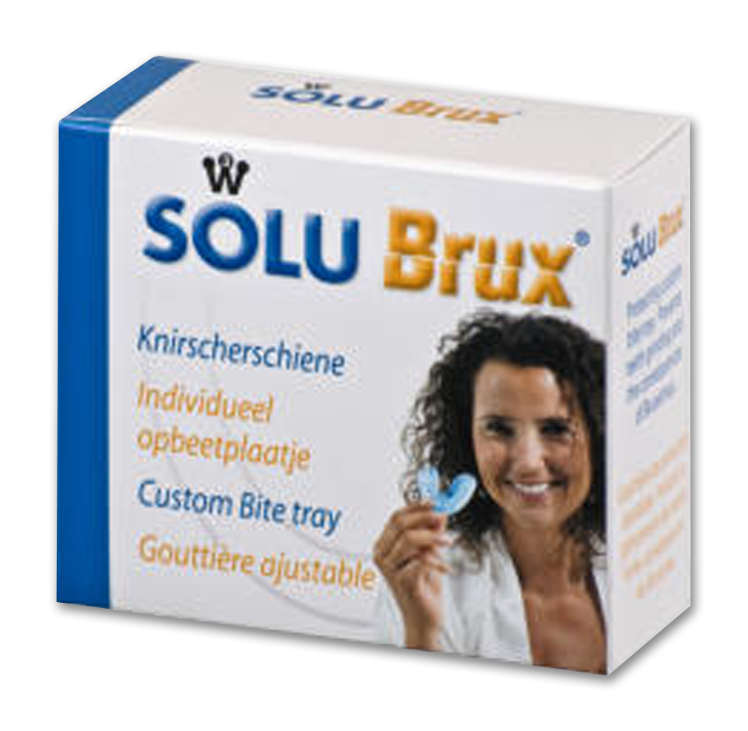
What is bruxism?
Teeth grinding, day or night, is manifested by a usual parafunction called bruxism. There are two types of bruxism:
- Centered bruxism is centered bruxism where teeth are clenched tightly, with no jaw movement. This type of movement can sometimes cause muscle pain in the jaw, similar to stiffness, upon waking.
- Eccentric eccentric bruxism is more troublesome, both for the person sleeping next to you and for the health of your teeth. It is a grinding of the teeth with movements of the jaw, as if the person was chewing with nothing in the mouth.
Bruxism can occur during the day when you are conscious, but it is more common at night when you are unconscious. It occurs frequently and physiologically during childhood, when it aims to wear down the milk teeth. It is problematic in adults.

Known causes of bruxism
- Stress: Bruxism can be an expression of anxiety, difficulties in life, or frustrations.
- A dental occlusion problem: in fact, it is more often a consequence of bruxomaniacal bruxism, than a cause, with wear of the teeth.
- Certain antidepressants such as venlafaxine and selective serotonin reuptake inhibitors.
Recreational drugs, such as ecstasy.
Teeth grinding can intensify depending on the level of stress experienced during the day. In addition, a positive link between bruxism and anxiety, hostility or even hyperactivity has been shown in students, especially just before exams.
The problems associated with bruxism are varied:
Temporomandibular Joint (TMJ) Problems ATM is the joint between the jaw and the skull. The act of grinding puts too much pressure on these joints. It can therefore lead to temporomandibular pain dysfunction syndrome (TMPDS) with the following symptoms:
- Clicking when opening your mouth, usually not painful
- Locking: limitation of the opening of the mouth
- Open mouth lock: the mouth can not be closed
- Wear the teeth, sometimes severely, which can lead to necrosis.
- Wear and fracture of bridge and implant restorations.
- Implant failure
- And periodontal problems, such as loss of gums and teeth.

So far, there is no treatment that can cure bruxism. Medical treatments, herbal or relaxation, have not been shown to be effective. This is why dentistry has preferred to reduce the damage caused by nocturnal teeth grinding by using what is called a “bite”.
It is a lightweight device that is inserted between the jaws at night to protect the teeth and realign them. This reduces muscle tension between the jaws and the stress on the gum tissue.
For “dental bites” to be effective, they must be made of a material softer than the teeth and perfectly suited to the patient’s teeth. In the past, they had to be custom-made by a dentist, which is a time-consuming and expensive procedure.
Today there is a quick, efficient and inexpensive solution. The result of collaboration between dentists and university departments is, SOLUBrux dental bite to prevent teeth grinding. It can be easily and in minutes adapted to an individual’s teeth and for a fraction of the cost of an individual bite made by a dentist.
